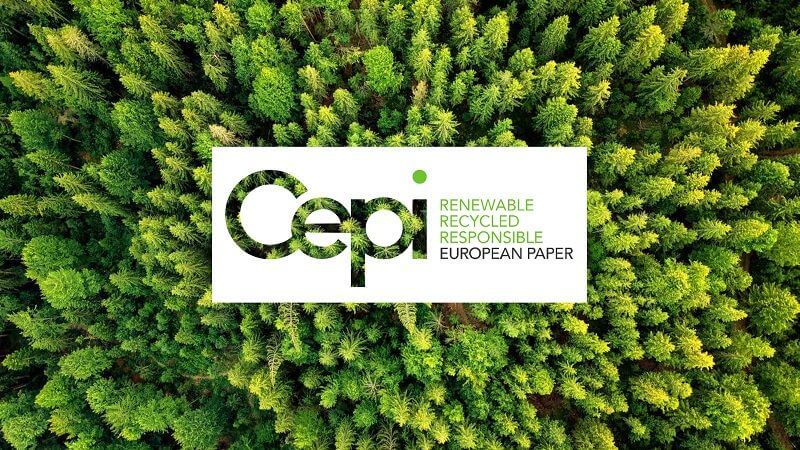The annual statistics report by Cepi shows that the recycling of paper is increasingly performed in Europe, surpassing 50 million tonnes in 2021 for the first time, while exports of paper for recycling decreased by 18 percent compared to 2020.
July 8, 2022

Cepi’s annual statistics for the European pulp and paper industry offer a unique view of the current state of the market for pulp and paper products and the industry’s performance. They also allow for an objective analysis of deeper trends behind the industry’s resilience. Like other industries, in 2021, pulp and paper showed signs of a strong post-COVID recovery, as paper and board consumption increased by 5.8 percent, outperforming the overall rebound of the euro area GDP.
As a result of these positive trends, paper and board production also increased, by 6.1 percent. The sector’s operating rate, the capacity at which paper mills are operated, has reached 90 percent over the year, compared to 85 percent in 2020. Positive trends are also recorded for the first quarter of 2022, with the sector surpassing in the first quarter of 2022 its 2021 first-quarter production levels.
Watch: Evolution of Paper Based Packaging
The growth was driven by a renewed demand both in domestic markets and globally. Exports exceeded the levels achieved in 2019, registering strong growth in sales to North and South American markets. Currently, 22 percent of paper production from Cepi members is exported.
The crisis of the coronavirus pandemic also accelerated certain trends, observed over the past decade. The rise of e-commerce boosted paper and board packaging market, while it benefited from the substitution of other solutions, often triggered by the EU Single Use Plastics Directive. The production of packaging grades reached an all-time high in 2021, increasing by 7.5 percent compared to 2020. The most impressive growth was registered for the production of wrapping grades, used for paper bag production, which increased by 11.6 percent. It benefitted from the EU-backed phase-out of plastic packaging. Another COVID-related effect on paper markets has been the development of the hygiene market segments. Demand for paper for sanitary uses has seen a correction effect, with the peak of the pandemic now behind us, and it should benefit from higher hygiene requirements over the long term. Graphic paper markets have, after a very negative impact in 2020, bounced back in 2021.
Cepi figures also show that, after significant investments by the sector, the recycling of paper is increasingly performed in Europe, surpassing 50 million tonnes in 2021 for the first time, while exports of paper for recycling decreased by 18 percent compared to 2020.
Also Read: EPRC: Paper Value Chain is Ready to Take Circularity to New Level with 2030 Recycling Rate Target
Cepi annual statistics are developed by an in-house dedicated team and cover the countries represented by the Confederation of European Paper Industries. They are based on data collected from national associations, in between other indicators, on production and consumption. The data quality check is performed following an EU methodology, and the data is audited annually.
“Our annual statistics are proof of the resilience of this industry and unique attributes of paper and fiber-based products. Amongst the European industries, the pulp and paper sector remains in the leading position for its recycling performance, use of renewable energy, energy efficiency and sustainable sourcing. These are key to our capacity to develop rapidly in new markets”, says Mr. Jori Ringman, Director-General – Cepi (Confederation of the European Paper Industries).



